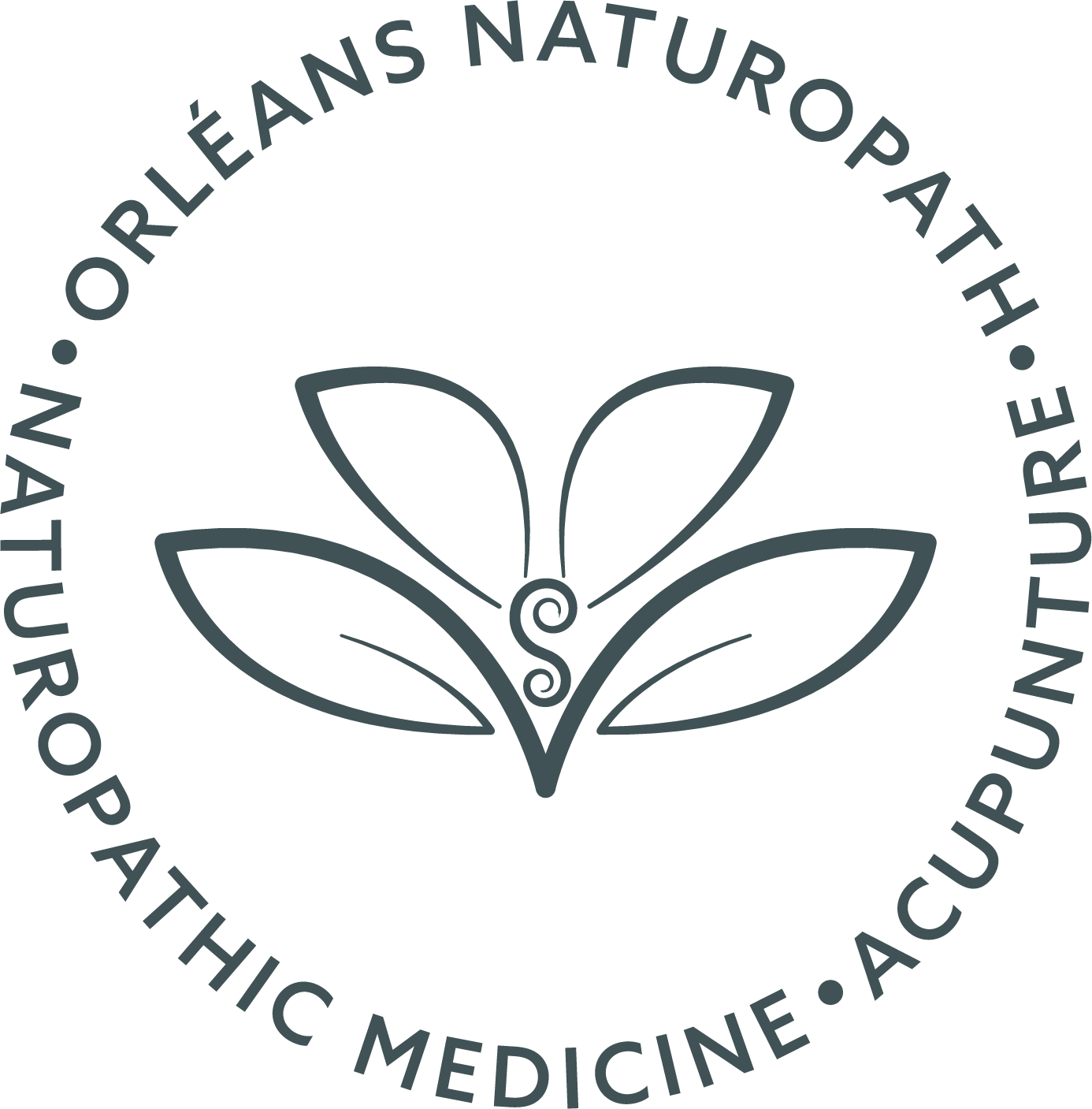
DR. DANIKA SICARD ND, MS.AC.
AUTOIMMUNE WELLNESS – Finding the balance
After many years of being in private practice, 2 years ago, I was faced with one of the biggest challenges in my personal and professional life. My daughter was diagnosed with an autoimmune disease, Juvenile Idiopathic Arthritis (JIA). I was completely blindsided and had no idea where to begin. I would spend hours at night reading everything I could about her condition and other autoimmune diseases. I finally fell upon the Autoimmune Wellness website, that taught me a great deal about what steps I could take to help her. I realized I couldn’t cure her, but there were two areas where I could help her. The first was Diet, through the Autoimmune Protocol (AIP) and the other was through Healthy Lifestyle Habits, such as quality sleep, exercise, stress management, etc.
I decided to become a Certified AIP Coach, this was an intensive course, that taught me a great deal about how I could help her, but also people in my practice, who are suffering from autoimmune disease. This is a step by step approach that helps people suffering from autoimmune disease find a place of balance and wellness.
WHAT IS THE AUTOIMMUNE PROTOCOL?
The Autoimmune Protocol is an elimination diet that has been specifically designed to help those suffering from an autoimmune disease, determine their food allergies and sensitivities, reverse nutrient deficiencies, balance gut flora, and heal their bodies over the long-term. The protocol, otherwise known as “The Paleo Approach” has been developed and refined by Dr. Sarah Ballantyne. I believe this is the best and most specific elimination protocol for those with autoimmune disease.
In a nutshell, the Autoimmune Protocol calls for removing foods that are most likely to be problematic for people with autoimmune disease—grains, beans, legumes, dairy, eggs, nuts, seeds, nightshades, as well as food chemicals and additives. In addition, nutrient-dense foods are added to restore nutrient status, such as bone broth, high-quality meat and wild-caught fish, as well as organ meats, fermented foods and a wide variety of fruits and vegetables. Over the course of the elimination phase (which can last from a month to a year), you take note of the changes you experience in your health. When it comes time to slowly and systematically reintroduce foods, you will be able to tell exactly which foods are holding you back, and able to use this information to construct a diet that will best support your healing needs.
*It is important to note that this approach is not a replacement for conventional medication but instead a complimentary approach. Some are able to come off their medication(s), however some find wellness using both approaches.
— Danika Sicard ND, MS.Ac.
Next article: Kids Get Arthritis Too >
